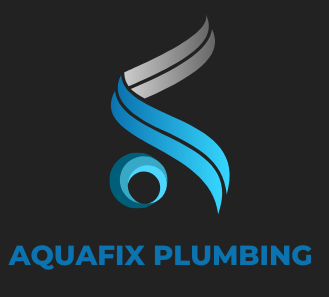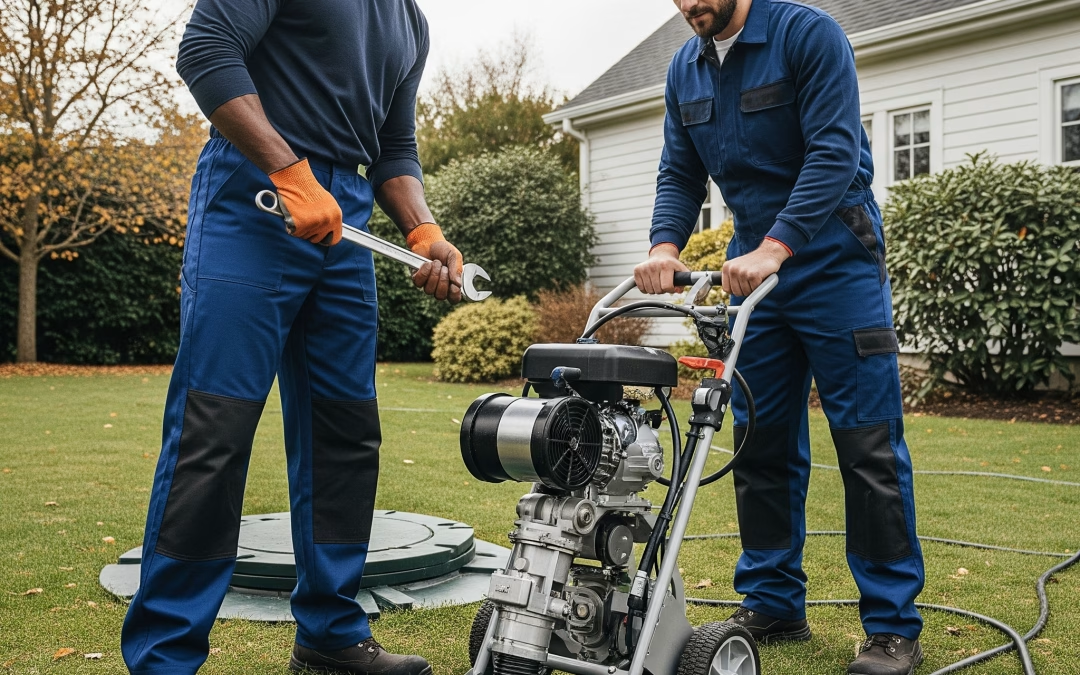Kloof Septic Flood Prevention
Kloof’s heavy rainfall, often reaching 144 millimeters per month, is a major threat to your septic system.The sloped terrain and geology quickly cause the soil to become saturated—like a waterlogged sponge—halting drainage from your drain field (soakaway area). This lack of drainage often causes a costly, unsanitary sewage backup inside your home, risking both your property value and your family’s health.At AquaFix Plumbing services, our commitment is simple: help you prevent these septic emergencies. Taking action now is the most affordable and responsible solution. Let us secure your system for the rainy season.
Why Septic Systems Struggle During Heavy Rain
Your septic system is a delicate balance of biology, gravity, and filtration. When it rains heavily, that balance is thrown into chaos. Understanding the local mechanics of this failure is the key to preventing it.
The Core Problem: A Saturated Drain Field
A septic system’s main purpose is the initial treatment of household wastewater, which involves a vital two-step process. First, the septic tank utilises an anaerobic process to separate solids from liquids. Second, it discharges the resulting liquid effluent into the drain field (also known as the soil absorption field or soakaway). This field relies on the surrounding soil to absorb, filter, and naturally complete the treatment of the wastewater before it safely rejoins the groundwater.
However, once the ground becomes heavily saturated with excessive rain, the soil percolation rate drops to zero. The rainwater causes a hydraulic overload, effectively filling the soil pores where effluent should be draining. Instead of the water dispersing, the untreated sewage volume backs up:
- It fills the drain field trenches to maximum capacity.
- It causes significant flooding of the septic tank itself.
- It eventually pushes back through the plumbing, this results in a dangerous sewage backup in your home’s lowest fixtures, such as basement floors, showers, or toilets.
Signs Your Septic Tank Isn’t Rain-Ready
Spotting early warning signs is key to preventing a costly, full-blown emergency and protecting your family’s health from untreated sewage.
- Slow-Draining Fixtures: This is the most common indicator. If sinks or toilets drain slower than normal, it means the tank or drain field is already full and has nowhere to discharge the water.
- Gurgling Sounds: Bubbling noises from your pipes or toilets mean air is trapped, indicating the system is struggling against a blockage or saturated soil.
- Foul Odours or Pooling Water: Seeing standing water, unusually green grass, or smelling sewage near your tank or drain field is a serious red flag. This confirms effluent is escaping to the surface.
- Indoor Sewage Backups: The worst outcome: sewage backing up into your lowest drains (showers, toilets). This is an immediate health hazard and requires emergency service.
- Don’t ignore sluggish drainage, even on a dry day. Any existing issue will be catastrophically exposed the moment heavy rain hits Kloof
How Local Plumbers in Kloof Can Help
While the checklist empowers you with DIY preparation, navigating the complexities of Kloof’s terrain and high water table requires the expertise of a local professional. A company like AquaFix offers more than just repairs—we offer proactive flood preparedness.
The Value of Kloof-Specific Expertise
A local plumber knows the difference between the red loam and the sandy clay in your neighborhood. They understand how the area’s geology and historical flood patterns affect your specific property. Their services go beyond a simple pump-out:
- Pre-Rainy Season Inspections: A comprehensive inspection pinpoints weak spots: drain lines that are settling, loose covers, or blockages that are invisible to the eye.
- Drainage Testing and Soakaway Evaluation: We perform tests to confirm your drain field is still percolating effectively. If the soil is failing, we can recommend solutions before a crisis occurs.
- Camera and Locating Inspections: Using specialised cameras, we can inspect the state of your pipes and drain field lines to detect hairline cracks, root intrusion, or early structural damage caused by past soil movement.
- Grading and Runoff Consultation: We can advise on the best way to modify your landscape’s grading to divert stormwater, often recommending proven, locally effective solutions like French drains and surface swales.
- Don’t rely on a general contractor. Choose a plumber familiar with the challenges of Kloof’s Upper Highway area—one who has already seen and fixed the damage caused by KZN’s notorious downpours.
🏠 Kloof Flood Prevention Checklist
Protect your home from flooding with this comprehensive checklist. Click each item as you complete it to track your progress.
-
Clear gutters and downspouts - Remove leaves, debris, and blockages to ensure proper water flow away from your home.
-
Check drainage around your property - Ensure water flows away from your foundation and doesn't pool near the house.
-
Inspect and seal foundation cracks - Look for cracks in basement walls and foundation, seal with appropriate materials.
-
Install or check sump pump - Ensure your sump pump is working properly and has backup power if possible.
-
Waterproof basement walls - Apply waterproof sealant to basement walls to prevent water seepage.
-
Grade soil away from foundation - Ensure the ground slopes away from your house for at least 6 feet.
-
Install window well covers - Protect basement windows from water accumulation with proper covers.
-
Check roof and repair leaks - Inspect shingles, flashing, and roof penetrations for potential water entry points.
-
Create emergency flood kit - Prepare sandbags, plastic sheeting, and emergency supplies in case of flooding.
-
Review insurance coverage - Ensure you have adequate flood insurance and understand what's covered.


Recent Comments